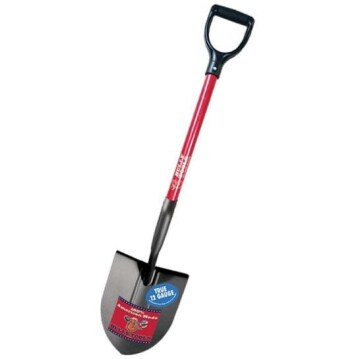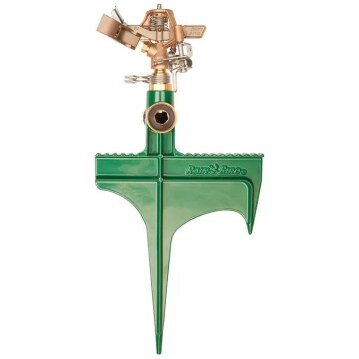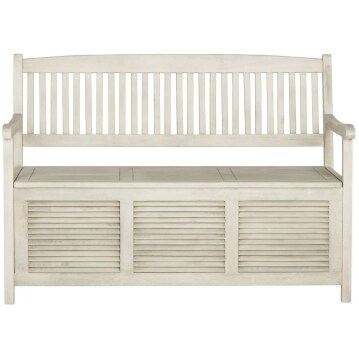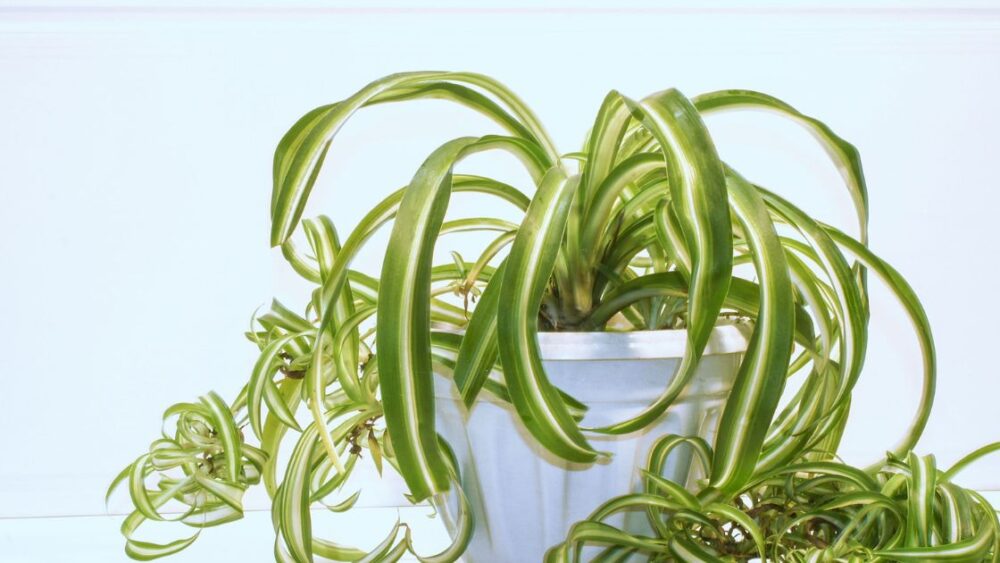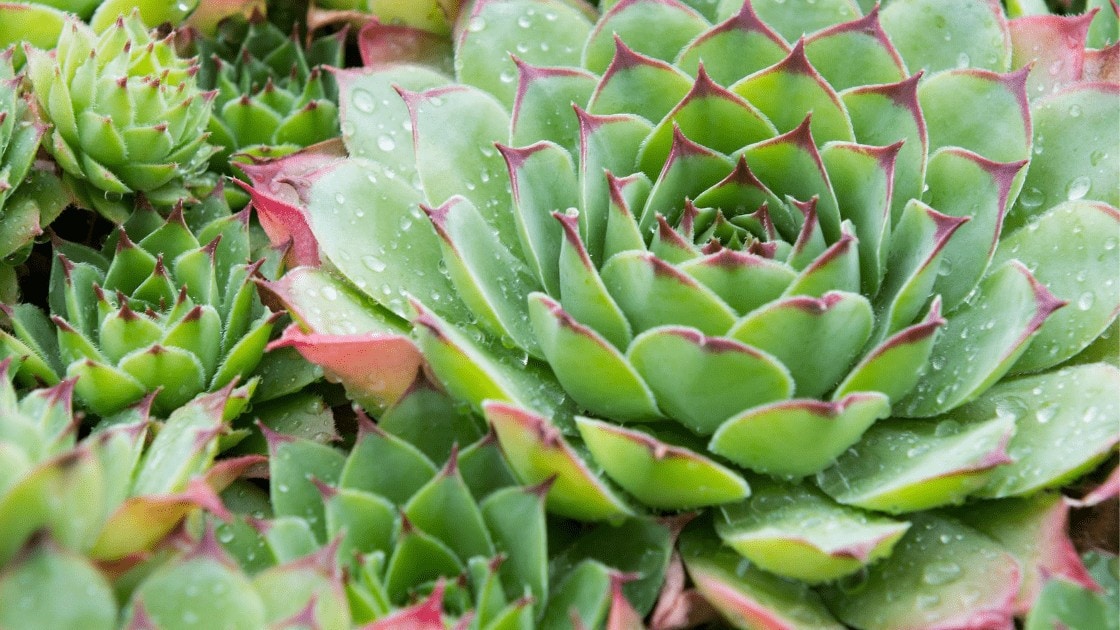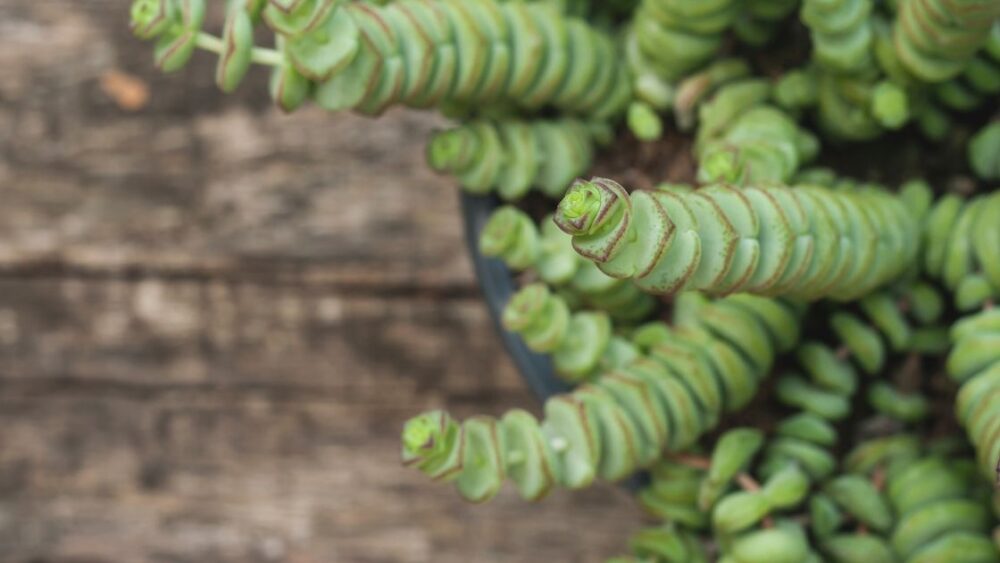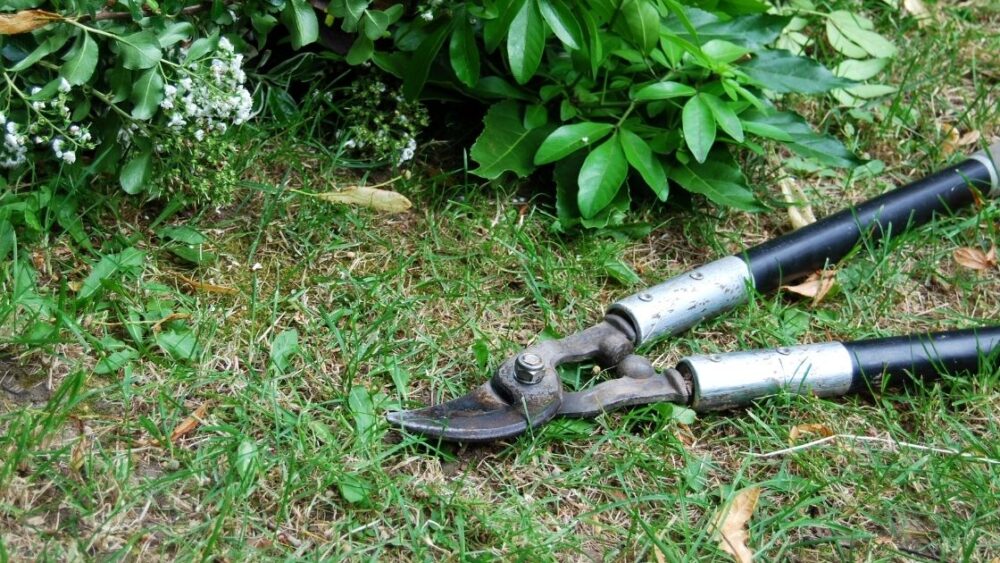
Loppers like all other cutting tools serve a purpose, which is to cut small branches and plant material with a scissor like action. Since they provide almost an effortless cut on most foliage, they do have their limitations that are not always obvious and often overlooked. In this article, we discuss the types of loppers, their uses, as well as, common problems when using these cutting tools.
Most gardeners and people alike will agree that one of the most important tools one can have is a good cutting tool. This is because Loppers are versatile and can handle most home garden cutting needs with relative ease, but with all tools and jobs, each might not be suitable for all. If this interest you lets get started.
What Are Loppers Used For?
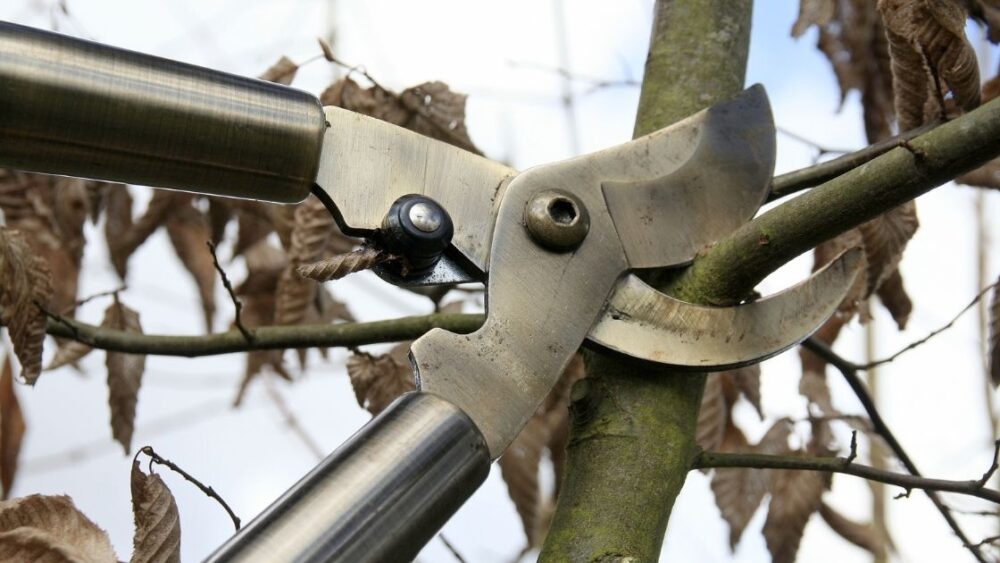
When choosing the right loppers, you probably have different types of pruning to consider. From dead branches on trees, to hedges that need regular pruning, or maybe just the hard-to-reach areas where your simple hand pruning shears can’t access. Additionally, they are great for woody weeds and will cut through most plant and trees assuming the diameter isn’t greater than the recommended usage.
Browse our Affiliate Products
Just like hand pruner’s, they also come in different shapes, sizes, brands, and are designed to be like scissor, and have the ability to cut through many different materials such as metal, plastic, wire, etc… but have more cutting force.
One problem one might encounter is cutting close to the ground which can lead to accidents such as cutting irrigation lines and wires ending up with an even bigger mess. Its always best to observe what you are cutting to avoid such occurrences.
While Loppers are great at performing maintenance trimming and pruning, they do have limitations. As we will discuss later, these tools can only cut what the recommended manufacture suggests. Anything after that, you usually run the risk of injuring yourself, or snapping the handle extension. This happens because many people try to cut limbs that are either to big, or the material is to hard consequently putting stress cracks on the handles till it eventually fails. This is what handsaws and chainsaws are for. Right tool, right job, and always think safety.
For more information on hand pruners and other gardening tools, check out our other articles: 2 Reasons Why Pruning Shears Are Curved And Why They Work. All here is more information on gardening tools. What Tools Should a Beginner Gardener Have?
Common Types of Loppers?
When choosing loppers, make sure you get a pair that best fits your needs. For example, if you want to trim odd-sized branches or prune trees and hedges over six feet tall, then an anvil lopper will be the best choice. These loppers feature blades shaped like a wedge, which are then cut by splitting the wood. Most anvil loppers can also be used for other tasks such as cutting through small roots and stumps. You may also want to consider bypass loppers for lighter tasks around the garden because they use sharp blades that glide past each other as they cut through branches.
While these are the common types of loppers below, there are a variety of styles you can choose from and have varying usages. Other types also come with a single pole that extends up a tree that ranges from different lengths, but are essentially the same as your standard two handle lopper.
What are Anvil Loppers?

These blades are shaped like an anvil and plunge into the wood, severing it with a single cut. Anvil loppers are great for light pruning and cutting through small limbs and branches. The large grip is comfortable to hold, even when wearing gloves, while the long handles allow you to reach into hard-to-reach areas easily. Anvil loppers are usually the best pick for hand-held cutting because they are what most gardeners already have at home.
Cutting Diameters
Most manufactures suggest nothing more than 3 inches or 7.62 centimeters.
What is Bypass Loppers?
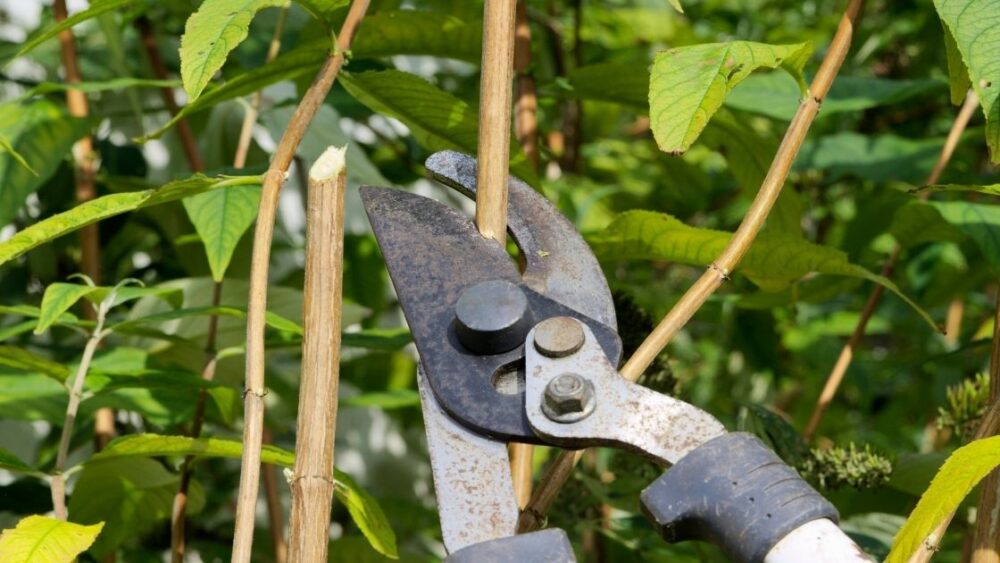
Bypass loppers look similar to anvil loppers, but their blades have a U-shape that doesn’t plunge into the wood like an anvil. Instead, these blades cut a path through the wood without cutting the branch in half, making them easier to use. Most bypass loppers can be used to chop up light branches and cut back small trees and shrubs.
Cutting Diameters
Most manufactures suggest nothing more than 2 inches or 5.08 centimeters.
What is the Best Brand of Loppers?
When choosing a pair of loppers, you generally want to consider usage. For the everyday person that needs a quick prune and cut, personally Corona brand bypass loppers are the best bet. They are light weight and come in steel and wooden handles, extremely sharp new, and can handle small to medium jobs with relative ease.
Although there are many other brands such as Echo, Barnel USA, Bahco, Felco, Fiskars, and others, it all comes down to personal choice because most common home loppers have the cutting ability between 2 and 3 inches. Also, You may not want to spend 100 dollars on a pair of loppers only to prune once a year, but you don’t want to buy a pair that will break after the first usage. It all depends on what you want to accomplish. You can also, check out what Homedepot.com has to offer here.
As someone who has been in the industry for many years, you can make due with just about any tool, but as explained earlier, every tool has their limitations, and I have broken my fair share of loppers. While I am not a sponsor of Corona tools, this has been my experience, but here is a review on Corona Tools: Are Corona Tools Good? (Company Information and Product Guide)
What are the Limitations and Common Problems Loopers Have?
While loppers can make pruning easier, they do have their limitations and common problems. For example, the blades of most loppers are made from steel and are designed to cut through tough materials. However, it’s still possible for them to break when using them for heavy-duty or rough tasks.
Here is a list of some looper Common Problem you can encounter that you might want to consider.
The One-off Problem:
Loppers are safe to use, but safety precautions needs to be taken. When using any kind of cutting tools, it’s best to keep your fingers away from the blades, but many fail to realize this and end up in a bad situation. Unfortunately, this warning is frequently overlooked because loppers are popular among many homeowners.
Cutting Unstable Tree Limbs and Wrong Footing
There might be an instance when you need to cut branches, but the angle and shape doesn’t allow correct leverage.
This happens when you try and cut overhead without the correct footing and grip. What will end up happening is you will either slip and fall, or you will make the cut and the loopers will come down on your head along with the branch. Always keep safety in mind. You might want to consider a hard hat and safety glasses for these jobs.
Additionally, it’s always a good idea to inspect your area and always make sure there are no hidden lines within the branches. Once a cut is made, these is no second guessing, and branch will fall, either on you, or on private property.
Cutting to Close to the Ground
When cutting woody weeds, or any other plant for that is not desirable you usually want to get as close as possible. It can seem real easy with sharp loppers to dig into the dirt to get the roots, but many times you don’t really know what’s right under the surface until it’s to late.
This can be hidden power cords, irrigation lines and wires, and just about anything else. While these are uncommon occurrences, things still do happen, but what will happen is that you will eventually dull the blades on your loppers. It is not a digging tool.
Forcing a Cut
Many people tend to not want to use the correct tool for a job and will use what is directly available. This is especially true if you don’t have a handsaw or chainsaw on hand when trying to cut something that is obviously way too large.
Forcing a cut is when the branch or limb is to big large for the hook and blade. This happen when you extend the mouth of blade to the max position and try to bite into the material. While in that position, if the branch is laying on the ground, people tend to place the hook under the branch while forcing the blade downwards.
Although in some instances it can work, but in most, you end up putting stress cracks onto the handle until it fails, or you completely destroy the blade and hook assembly.
Either way, right tool, right job, and everyone goes home safe.
Final Thoughts
Do you need loppers? If you’ve been doing any kind of pruning around your house in the past, then it’s likely that you already own some. If you’ve never used them before, then it may be worth it to buy a pair so that you can test out their functionality for yourself, and always practice safety and be aware of your surroundings.
Now that we’ve concluded our discussion on loppers, it’s time to talk about something that’s almost as important. And that is the importance of having replacement lopper blades at home. Remember that lopper blades are not uncommon to break or get dull after extended use. If you want to save your time and money, you need to get yourself some replacements!
